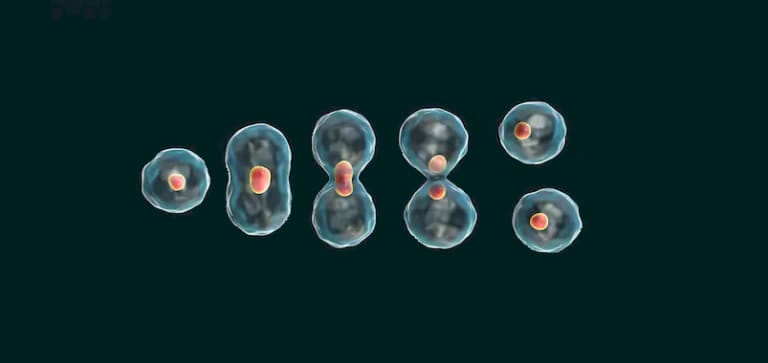Prototype Design Pattern is a Creational Design Pattern that helps in the prototyping(creating/copying cheaply) of an object using separate methods or polymorphic classes. You can consider the prototype as a template of an object before the actual object is constructed. In this article of the Creational Design Patterns, we’re going to take a look at why we need a Prototype Design Pattern in C++ i.e. motivation, prototype factory & leveraging prototype design pattern to implement virtual copy constructor.
_This article has been originally published on my blog. If you are interested in receiving my latest articles, please sign up to my newsletter.
The code snippets you see throughout this series of articles are simplified not sophisticated. So you often see me not using keywords like override, final, public(while inheritance) just to make code compact & consumable(most of the time) in single standard screen size. I also prefer struct instead of class just to save line by not writing “public:” sometimes and also miss virtual destructor, constructor, copy constructor, prefix std::, deleting dynamic memory, intentionally. I also consider myself a pragmatic person who wants to convey an idea in the simplest way possible rather than the standard way or using Jargons.
Note:
- If you stumbled here directly, then I would suggest you go through What is design pattern? first, even if it is trivial. I believe it will encourage you to explore more on this topic.
- All of this code you encounter in this series of articles are compiled using C++20(though I have used Modern C++ features up to C++17 in most cases). So if you don’t have access to the latest compiler you can use https://wandbox.org/ which has preinstalled boost library as well.
Intent
To create a new object cheaply with the help of an already constructed or pre-initialized stored object.

- The prototype provides flexibility to create complex object cheaply. The concept is to copy an existing object rather than creating a new instance from scratch, something that may include costly operations.
- The existing object then acts as a prototype & newly copied object may change the same properties only if required. This approach saves costly resources and time, especially when the object creation is a heavy process.
- So essentially the prototype is quite simply a partially or fully initialized object that you make a copy of. And then you subsequently use for your own benefit with variations.
#coding #cpp #design-patterns #software-development #cplusplus #programming-c
